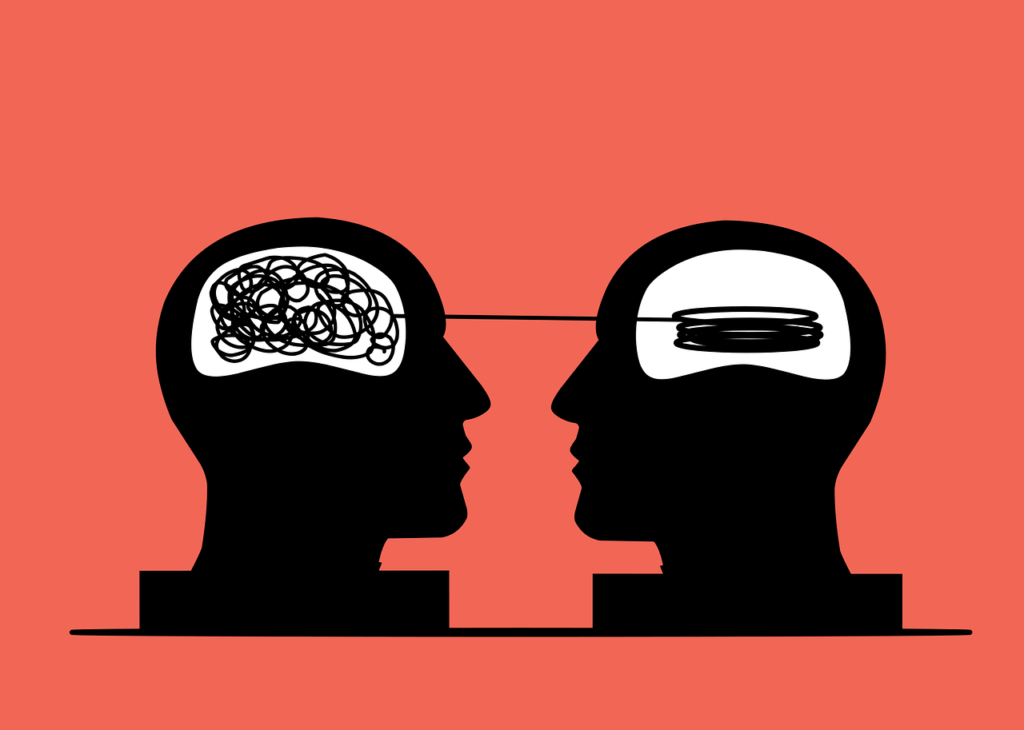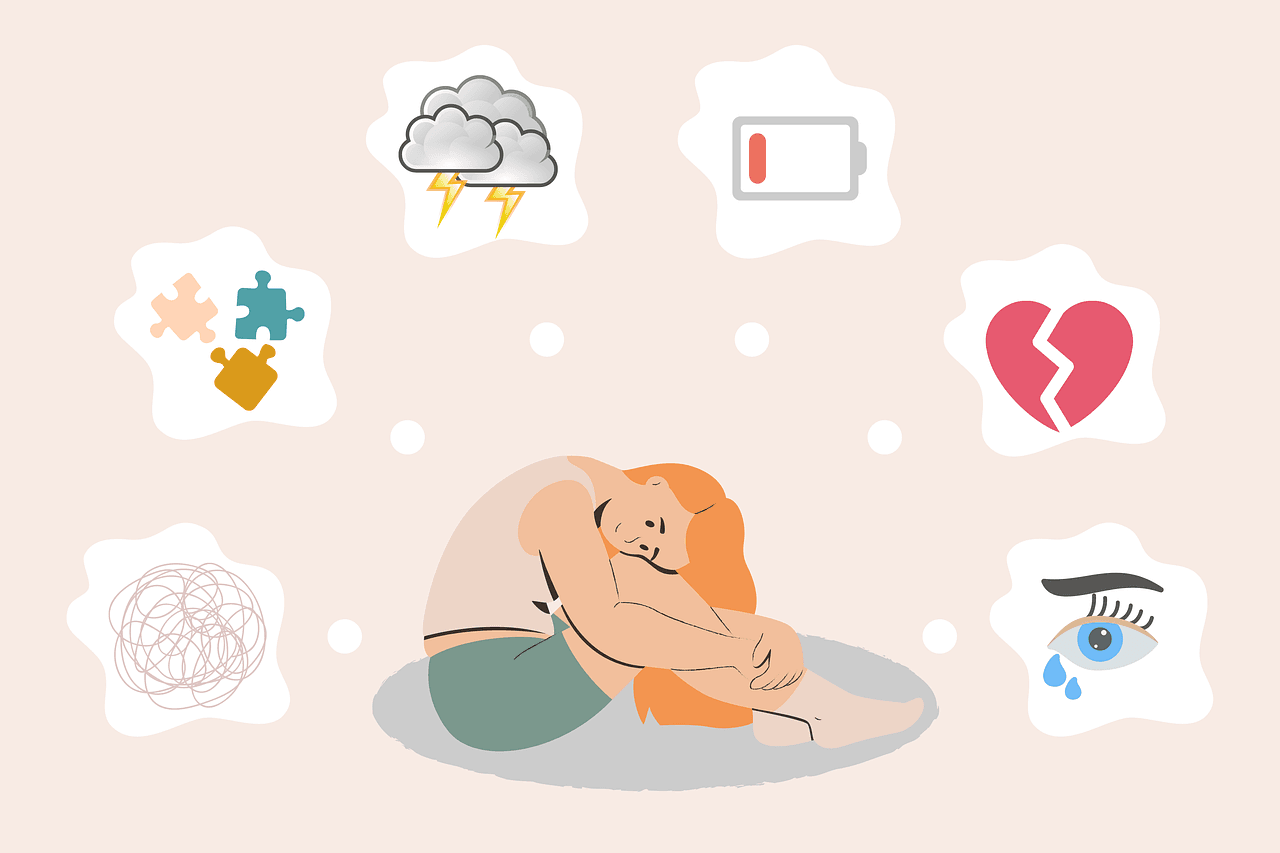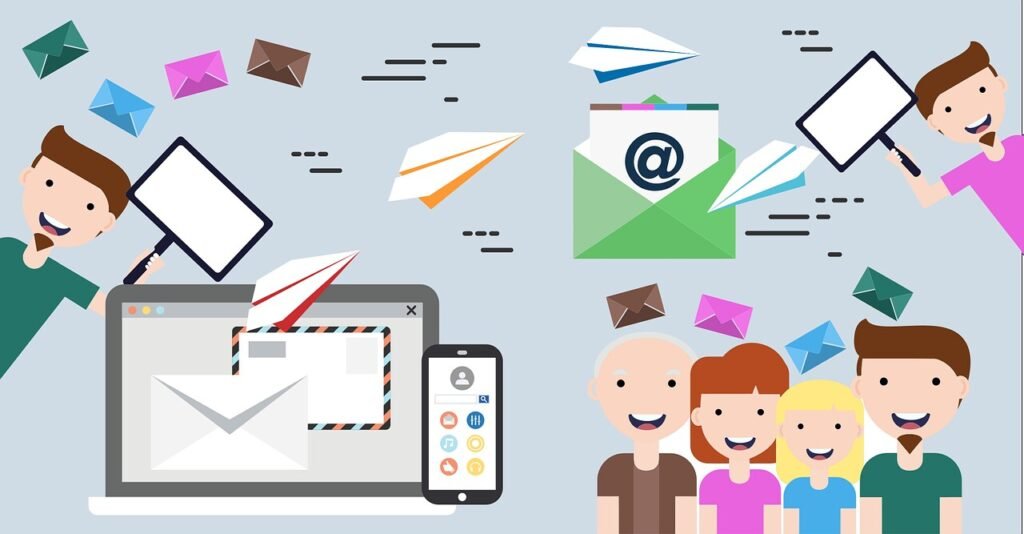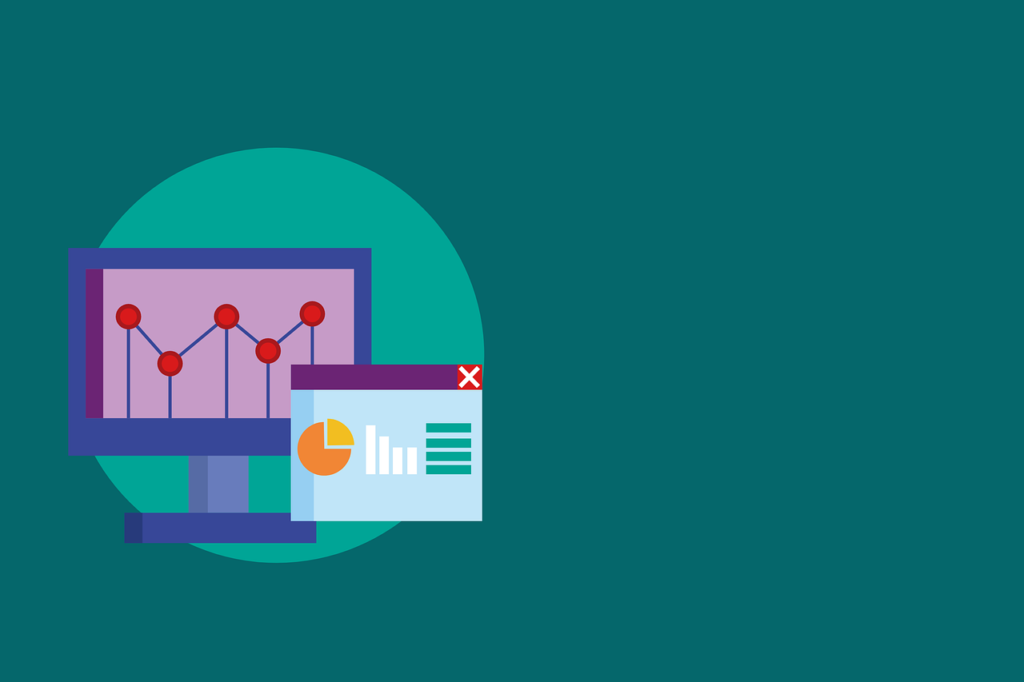- 1. How Does Social Media Contribute to Stress Levels?
- 2. What Is the Prevalence of Cyberbullying Among Teenagers on Social Media?
- 3. How Often Do People Check Their Social Media Accounts?
- 4. Does Social Media Increase Feelings of Loneliness?
- 5. How Does Social Media Drama Affect Teens?
- 6. Can Social Media Enhance Feelings of Connection?
- 7. How Does Social Media Affect Adolescents' Self-Perception?
- 8. What Percentage of Social Media Users Experience Harassment?
- 9. Does Social Media Increase Anxiety?
- 10. How Many People Use Social Media for Emotional Support?
- 11. What is the Perceived Impact of Social Media on Mental Health?
- 12. How Does Social Media Create Unrealistic Expectations?
- 13. How Many Adults Seek Mental Health Support Due to Social Media?
- 14. What Are Parents' Concerns About Social Media?
- 15. How Many Users Take Breaks from Social Media?
- 16. How Does Social Media Affect Anxiety in Young Adults?
- 17. How Do Users Feel About Connecting with Brands on Social Media?
- 18. Can Social Media Help During Tough Times?
- 19. How Frequently Do Teens Use Social Media?
- 20. How Does Social Media Impact Relationships?
- 21. How Many Users Encounter Negative Content on Social Media?
- 22. How Does Social Media Facilitate Interest-Based Connections?
- 23. What is FOMO and How Does Social Media Contribute to It?
- 24. How Do Users Feel About the Pressure to Post?
- 25. How Does Positive Feedback Affect Teens on Social Media?
- 26. How Many Users Feel Addicted to Social Media?
- 27. How Does Social Media Affect Body Image Among Teens?
- 28. Do Users Reduce Social Media Usage for Mental Health?
- 29. What Are Users' Opinions on Combating Cyberbullying?
- 30. Does Social Media Make Teens Feel Accepted?
- Conclusion
- We got all the latest Marketing Stats here:
Social media has become an integral part of our daily lives, offering a platform for connection, information, and entertainment. However, its impact on mental health is a topic of growing concern. Understanding the relationship between social media and mental health is crucial as we navigate this digital age. In this article, we will explore key statistics and insights for 2024, shedding light on how social media affects our mental well-being and providing actionable tips to maintain a healthy balance.
1. How Does Social Media Contribute to Stress Levels?

The Stress Factor
40% of adults consider social media usage as a significant contributor to their stress levels. The constant influx of information, notifications, and the pressure to maintain an online presence can be overwhelming. This stress can manifest in various ways, including anxiety, depression, and overall mental fatigue.
Managing Stress Through Mindful Usage
To manage this stress, businesses should encourage their employees and customers to practice mindful social media usage. This can include setting boundaries, such as limiting screen time, disabling non-essential notifications, and scheduling regular breaks from social media.
Implementing digital wellness programs that educate users on the signs of social media-induced stress and provide strategies for coping can be beneficial. Additionally, businesses can use social media platforms to promote mental health resources and self-care tips, fostering a supportive online community.
2. What Is the Prevalence of Cyberbullying Among Teenagers on Social Media?
Cyberbullying Concerns
33% of teenagers report experiencing cyberbullying on social media platforms. This alarming statistic highlights the darker side of social media, where anonymity can lead to harmful behavior. Cyberbullying can have severe impacts on a teenager’s mental health, leading to issues like low self-esteem, depression, and even suicidal thoughts.
Creating Safe Online Environments
Businesses, especially those running social media platforms or targeting younger audiences, need to prioritize creating safe online environments. Implementing robust moderation policies, AI-driven content filtering, and easy-to-use reporting mechanisms can help mitigate cyberbullying.
Partnering with mental health organizations to provide resources and support for victims can also make a significant difference. Moreover, running awareness campaigns about the impact of cyberbullying and promoting positive online behavior can foster a healthier digital culture.
3. How Often Do People Check Their Social Media Accounts?
Frequency of Use
70% of social media users check their accounts daily. This frequent engagement indicates how ingrained social media is in our daily routines. While staying connected is beneficial, it is crucial to recognize when it becomes excessive.
Encouraging Healthy Usage Habits
Businesses can encourage healthy usage habits by promoting digital detox challenges or offering incentives for reducing screen time. Developing features that track and limit time spent on social media can help users become more aware of their usage patterns.
For instance, businesses could integrate wellness reminders into their apps, prompting users to take breaks or engage in offline activities.
4. Does Social Media Increase Feelings of Loneliness?
Loneliness and Social Media
20% of individuals say they feel more lonely due to social media. Despite the potential for connection, social media can sometimes exacerbate feelings of isolation. This paradox occurs when users compare their lives to others’ curated posts, leading to feelings of inadequacy and loneliness.
Fostering Genuine Connections
Businesses can play a role in combating loneliness by promoting genuine connections and interactions on their platforms. Encouraging user-generated content that focuses on real-life experiences and promoting offline meetups and community events can help bridge the gap between online and offline connections.
Additionally, creating content that emphasizes the importance of mental health and real-life interactions can help users develop a healthier relationship with social media.
5. How Does Social Media Drama Affect Teens?
The Impact of Drama
45% of teens feel overwhelmed by the drama on social media. The constant exposure to conflicts, rumors, and negative interactions can be mentally draining for young users.
Promoting Positive Engagement
Businesses targeting teenage audiences can mitigate this by promoting positive engagement and conflict resolution. Developing content that educates teens on managing online drama, setting healthy boundaries, and fostering supportive online communities can be beneficial.
Additionally, platforms can implement features that allow users to mute or block toxic content and interactions, creating a more positive online environment.
6. Can Social Media Enhance Feelings of Connection?
Positive Connections
50% of users say social media makes them feel more connected to others. This statistic shows that, despite its drawbacks, social media can foster a sense of community and belonging.
Leveraging Social Media for Positive Engagement
Businesses can leverage this positive aspect by creating spaces for meaningful interactions. This can include community groups, forums, and live events where users can connect over shared interests.
Encouraging storytelling and user-generated content that highlights personal experiences and positive interactions can also strengthen the sense of community and connection among users.
7. How Does Social Media Affect Adolescents’ Self-Perception?
Self-Perception Issues
25% of adolescents report feeling inadequate about their life and appearance due to social media. Constant exposure to idealized images and lifestyles can lead to negative self-perception and body image issues.
Promoting Body Positivity
Businesses can address this by promoting body positivity and diversity in their content. Highlighting real, unedited images and sharing stories of personal growth and self-acceptance can help counteract the negative effects of social media.
Partnering with influencers and creators who advocate for body positivity and mental health can further amplify these messages.
8. What Percentage of Social Media Users Experience Harassment?
Harassment on Social Media
60% of social media users have experienced some form of harassment. This high prevalence of online harassment underscores the need for robust safety measures and support systems.
Implementing Strong Anti-Harassment Policies
Businesses should implement strong anti-harassment policies and provide clear guidelines on acceptable behavior. Training moderators to handle harassment reports sensitively and efficiently can make users feel safer.
Additionally, creating campaigns that raise awareness about the impact of harassment and promoting a culture of respect and kindness online can help reduce these incidents.
9. Does Social Media Increase Anxiety?
Anxiety Levels
30% of social media users say they are more anxious after spending time on social platforms. The pressure to stay updated, the fear of missing out, and exposure to distressing content can all contribute to heightened anxiety.
Strategies to Reduce Anxiety
To help users manage anxiety, businesses can offer features like customizable content feeds, allowing users to prioritize content that brings joy and reduces stress.
Encouraging users to engage in mindfulness practices and providing resources for mental health support can also help. Platforms can create content that promotes mental well-being, such as guided meditations, relaxation exercises, and tips for managing anxiety.
10. How Many People Use Social Media for Emotional Support?

Seeking Support
80% of people use social media to seek emotional support. Online communities and support groups can provide comfort and advice during difficult times.
Building Supportive Communities
Businesses can foster these supportive environments by creating dedicated spaces for mental health discussions and peer support. Partnering with mental health professionals to offer advice and resources within these communities can enhance their value.
Additionally, promoting helplines and mental health services within the platform can provide users with immediate access to professional support.
11. What is the Perceived Impact of Social Media on Mental Health?
Negative Perceptions
50% of adults believe social media has a negative impact on their mental health. This perception is shaped by factors like cyberbullying, comparison culture, and the constant need for validation through likes and comments.
Promoting Balanced Usage
To address these concerns, businesses should promote balanced and mindful social media usage. Creating content that educates users on the potential negative impacts and offering tips for maintaining mental health can be effective.
Encouraging users to set personal boundaries and promoting digital detox days can also help reduce the negative effects of social media.
12. How Does Social Media Create Unrealistic Expectations?
Unrealistic Expectations
65% of teenagers say social media creates unrealistic expectations about life. Influencers and peers often post highlight reels that do not reflect the full picture of their lives. This can lead to unrealistic standards and disappointment.
Encouraging Realistic Portrayals
Businesses can counteract this by encouraging realistic portrayals of life on their platforms.
Highlighting the behind-the-scenes aspects of content creation and promoting authenticity can help users understand that what they see online is often curated. Creating campaigns that celebrate everyday moments and authentic experiences can also promote a healthier perspective.
13. How Many Adults Seek Mental Health Support Due to Social Media?
Seeking Help
15% of adults have sought mental health support due to issues related to social media usage. This statistic highlights the significant impact social media can have on mental health, prompting some to seek professional help.
Providing Resources for Support
Businesses can support these users by providing easy access to mental health resources. Partnering with mental health organizations to offer workshops, webinars, and counseling services can make a difference.
Additionally, creating a repository of articles, videos, and tools related to mental health can help users find the support they need.
14. What Are Parents’ Concerns About Social Media?
Parental Worries
55% of parents worry about the impact of social media on their children’s mental health. Concerns include exposure to inappropriate content, cyberbullying, and the impact on self-esteem.
Offering Parental Controls and Guidance
Businesses can address these concerns by offering robust parental controls and guidance. Creating educational content for parents on how to monitor and manage their children’s social media use can empower them to protect their children.
Providing tools that allow parents to set limits on screen time and filter content can also help ensure a safer online experience for younger users.
15. How Many Users Take Breaks from Social Media?
Taking Breaks
35% of social media users have taken a break from platforms to protect their mental health. Taking regular breaks can help reduce stress and anxiety associated with social media use.
Encouraging Digital Detox
Businesses can encourage digital detox by promoting the benefits of taking breaks from social media. Creating campaigns that celebrate offline activities and experiences can inspire users to disconnect and recharge.
Providing tools that allow users to track their social media usage and set reminders to take breaks can also support healthier usage habits.

Related: Check out our free tools:

16. How Does Social Media Affect Anxiety in Young Adults?
Exacerbating Anxiety
48% of young adults say social media exacerbates their anxiety. The constant comparison, fear of missing out (FOMO), and exposure to distressing news can heighten feelings of anxiety.
Strategies for Anxiety Reduction
Businesses can address this issue by promoting content that encourages mental wellness and resilience. Creating campaigns that highlight the importance of mental health and providing resources for anxiety management can be effective.
Additionally, incorporating features that allow users to filter or limit exposure to anxiety-inducing content can help. For instance, platforms could offer “calm mode” settings that reduce notifications and prioritize uplifting content.
Partnering with mental health professionals to create guided mindfulness and relaxation exercises can also support users in managing their anxiety.
17. How Do Users Feel About Connecting with Brands on Social Media?
Brand Connections
70% of users feel more connected to brands and organizations through social media. Social media offers a platform for brands to engage directly with their audience, fostering a sense of community and loyalty.
Enhancing Brand Engagement
Businesses can leverage this connection by maintaining an active and responsive social media presence. Engaging with followers through comments, direct messages, and interactive content like polls and live videos can strengthen these connections.
Additionally, sharing behind-the-scenes content and stories that align with the brand’s values can build trust and authenticity. Brands should also consider creating dedicated spaces, such as Facebook Groups or Instagram Close Friends lists, to foster exclusive communities and deeper engagement.
18. Can Social Media Help During Tough Times?
Supportive Role
22% of teens say social media has helped them through a tough time. Online communities and support groups can provide a sense of belonging and offer advice during challenging periods.
Building Resilient Communities
Businesses can support these users by creating and promoting communities focused on mutual support and positivity. Platforms can facilitate peer support groups, encourage sharing of personal stories, and provide access to professional advice.
Highlighting success stories and resilience narratives can inspire users and provide hope during tough times. Partnering with mental health organizations to host webinars and live Q&A sessions can also provide valuable support and information.
19. How Frequently Do Teens Use Social Media?
Daily Usage
90% of teens use social media multiple times a day. This high frequency of use highlights the importance of understanding the impact social media has on this age group.
Promoting Healthy Usage
Businesses targeting teens should promote healthy social media habits. Educating teens on the importance of balancing online and offline activities can help mitigate potential negative effects.
Creating content that emphasizes the value of hobbies, physical activities, and face-to-face interactions can encourage teens to spend less time on screens. Platforms can also introduce features that reward users for taking breaks and engaging in offline activities.
20. How Does Social Media Impact Relationships?

Positive Impact on Relationships
52% of users say social media positively impacts their relationships. By facilitating communication and connection, social media can strengthen bonds between friends and family.
Enhancing Social Interactions
Businesses can enhance these positive impacts by promoting content that encourages meaningful interactions. Facilitating group chats, video calls, and shared activities like virtual games or watch parties can help users connect on a deeper level.
Brands can also create campaigns that highlight stories of relationships strengthened through social media, reinforcing the platform’s role in fostering genuine connections.
21. How Many Users Encounter Negative Content on Social Media?
Exposure to Negative Content
28% of social media users have been exposed to content that negatively affected their mental health. This can include cyberbullying, graphic images, and distressing news.
Reducing Exposure to Negative Content
Businesses can help by implementing stricter content moderation policies and providing tools for users to filter out harmful content. Developing AI algorithms that detect and flag potentially distressing content can reduce its prevalence.
Encouraging users to report negative content and providing clear guidelines on how to do so can also make a difference. Platforms should promote a culture of positivity and respect by highlighting uplifting and supportive content.
22. How Does Social Media Facilitate Interest-Based Connections?
Connecting Through Interests
76% of users believe social media has made it easier to connect with people who share their interests. Whether it’s hobbies, causes, or professional networks, social media can help users find and engage with like-minded individuals.
Fostering Interest-Based Communities
Businesses can leverage this by creating and supporting interest-based communities on their platforms. Developing features that facilitate group creation and management, such as discussion forums, event calendars, and content sharing, can enhance these communities.
Brands can also engage with these groups by providing relevant content, hosting events, and collaborating with community leaders to foster deeper connections.
23. What is FOMO and How Does Social Media Contribute to It?
Fear of Missing Out
34% of adults have experienced FOMO (fear of missing out) due to social media. Seeing others’ highlight reels and exciting events can lead to feelings of exclusion and anxiety.
Addressing FOMO
Businesses can help users manage FOMO by promoting content that emphasizes mindfulness and the importance of living in the moment. Encouraging users to focus on their own experiences and achievements rather than comparing themselves to others can mitigate FOMO.
Platforms can also create features that remind users of the curated nature of social media content, helping them maintain a realistic perspective.
24. How Do Users Feel About the Pressure to Post?
Posting Pressure
47% of social media users feel pressure to post content that will get a lot of likes and comments. This pressure can lead to stress and affect mental health.
Reducing Posting Pressure
Businesses can reduce this pressure by promoting authenticity and diversity in the content shared on their platforms. Encouraging users to post meaningful content rather than content designed to gain approval can help shift the focus from likes to genuine engagement.
Platforms can also introduce features that highlight valuable interactions, such as comments and shares, over mere like counts.
25. How Does Positive Feedback Affect Teens on Social Media?
Impact of Positive Feedback
65% of teens say they feel good about themselves when they get positive feedback on social media. Positive reinforcement can boost self-esteem and confidence.
Promoting Positive Interactions
Businesses can foster a positive environment by encouraging supportive interactions. Highlighting content that showcases kindness, encouragement, and constructive feedback can set a positive tone.
Platforms can also implement features that promote gratitude and appreciation, such as thank-you notes and recognition badges for positive behavior.
26. How Many Users Feel Addicted to Social Media?

Addiction to Social Media
38% of users feel addicted to social media platforms. This sense of addiction can lead to excessive screen time and neglect of real-world interactions and responsibilities.
Combating Social Media Addiction
Businesses can address this by offering tools and resources to help users manage their social media usage. Implementing features that track screen time and send reminders to take breaks can be beneficial.
Educational campaigns that raise awareness about the signs of social media addiction and provide strategies for managing it can also support users. Encouraging a balanced lifestyle that includes offline activities can help users reduce their reliance on social media.
27. How Does Social Media Affect Body Image Among Teens?
Body Image Issues
42% of teens have felt worse about their body image because of social media. Constant exposure to edited and idealized images can lead to negative self-perception and body dissatisfaction.
Promoting Body Positivity
Businesses can promote body positivity by showcasing diverse and realistic representations of body types. Partnering with influencers and organizations that advocate for body positivity can amplify these messages.
Creating content that educates teens about the realities of photo editing and the importance of self-acceptance can also help improve body image. Encouraging users to share their unedited, authentic selves can foster a more inclusive and supportive online community.
28. Do Users Reduce Social Media Usage for Mental Health?
Reducing Usage for Well-Being
25% of social media users have reduced their usage to improve their mental health. Taking steps to limit social media time can help alleviate stress and anxiety associated with online interactions.
Encouraging Digital Detox
Businesses can encourage digital detox by promoting the benefits of taking breaks from social media. Creating campaigns that celebrate offline activities and experiences can inspire users to disconnect and recharge. Providing tools that allow users to track their social media usage and set reminders to take breaks can also support healthier usage habits.
29. What Are Users’ Opinions on Combating Cyberbullying?
Combating Cyberbullying
69% of users feel that social media platforms should do more to combat cyberbullying. Enhanced reporting mechanisms, stricter policies, and proactive monitoring can help create a safer online environment.
Implementing Anti-Bullying Measures
Businesses should prioritize implementing robust anti-bullying measures. This can include developing AI algorithms to detect and flag bullying behavior, providing clear and accessible reporting tools, and taking swift action against offenders.
Partnering with organizations that specialize in anti-bullying efforts can also provide valuable resources and support. Running awareness campaigns that educate users about the impact of cyberbullying and promote respectful online behavior can foster a more positive community.
30. Does Social Media Make Teens Feel Accepted?
Feeling Accepted
80% of teens say that social media makes them feel more accepted. Positive interactions and support from online communities can boost self-esteem and provide a sense of belonging.
Enhancing Inclusivity
Businesses can enhance this sense of acceptance by promoting inclusivity and diversity on their platforms. Highlighting stories and content that celebrate different backgrounds, experiences, and perspectives can create a more welcoming environment.
Encouraging users to engage in supportive and respectful interactions can further strengthen the sense of community. Platforms can also implement features that recognize and reward positive contributions, fostering a culture of acceptance and kindness.
Conclusion
The relationship between social media and mental health is complex and multifaceted. While social media offers opportunities for connection, support, and information, it also presents challenges such as stress, anxiety, and unrealistic expectations. By understanding the statistics and trends for 2024, users can make informed decisions about their social media use. Fostering a balanced approach and promoting positive interactions can help mitigate the negative impacts and enhance the benefits of social media.
We got all the latest Marketing Stats here:
READ NEXT:
- Is Arbitration Effective for U.S Business?
- Rights of US Employees in Light of the Covid-19 Crisis
- Why Developers Need to Register Themselves under the RERA Act?
- The Importance of Deliverability in Email Marketing: Ensuring Your Messages Reach the Inbox
- Email Marketing for Events and Webinars: Boosting Attendance and Engagement





















Comments are closed.